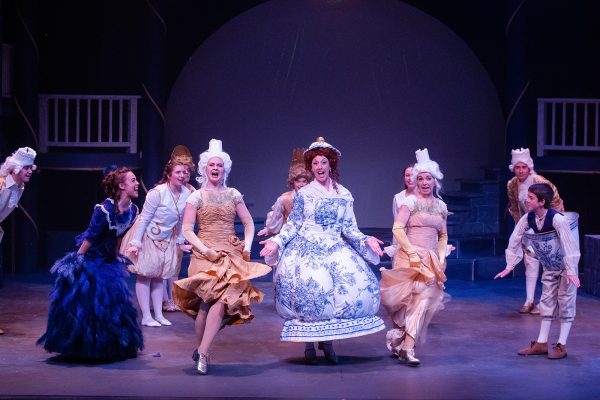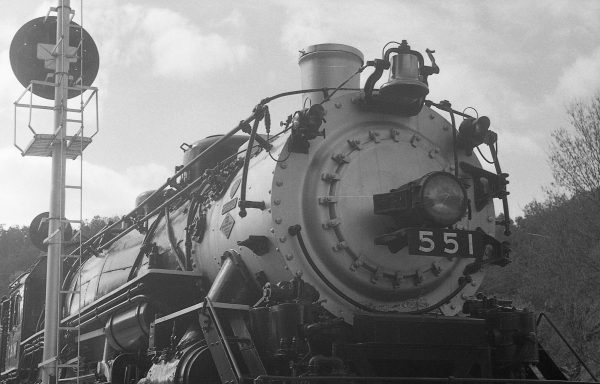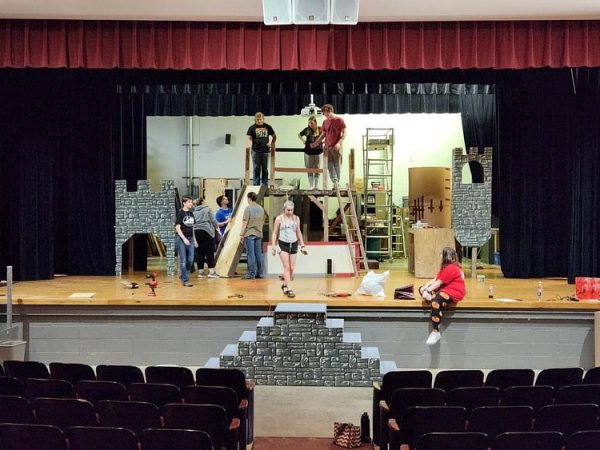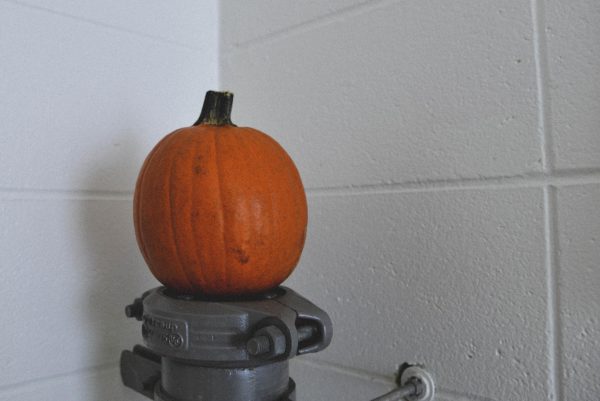“Fashion of the times” becomes museum art
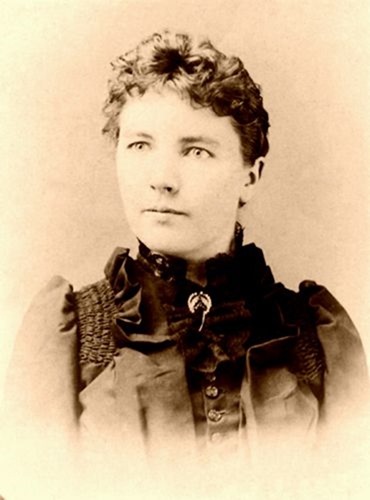
Laura Ingalls Wilder
Fashion is a form of art that has changed through the ages. American fashion highlights a stark shift from the mid-to-late 1800s apparel to what we would consider modern fashion. Someone today might still sport “vintage” clothing from recent decades, but no one is walking around in clothes from before 1940. The fashion of times-gone-by becomes art years later. In museums across the country or even on the runway of today’s fashion shows, you could see a tailcoat from the late 19th century or a Victorian-style dress or suit. Just like an oil painting preserved in a museum, these garments are upheld as both history and art.
Clothing was not factory made until the 1900s so garments from the 1800s required more detail, effort, and construction.
The style for men was more sophisticated than it is now, with garments such as tailcoats, trench coats and blazers with gems or jewelry to show status as the norm. Under blazers, men would sport a vest with a button up around the neck. Men of a higher class would wear a jabot, an ornamental frill made of lace, with dress pants and leather dress shoes. In that era, it was very common for men to wear a hat because it was viewed as undignified to be in public without a hat. However, it was common to take the hat off once indoors.
During this time, the style for women was elegant long dresses with a hem a few inches above the ground. The dresses had designs on them to show clothing was taken very seriously during this era. If you look at it from a designer perspective, you can appreciate the very intricate hand sewn designs and the vintage material that was used back then compared to factory made clothing now. During this time, women started wearing short sleeves on their dresses. After the change from long sleeved to short sleeved dresses, women began wearing long white gloves for modesty’s sake. Some gloves even had small jewels and designs to show the woman’s status.
The Mansfield Laura Ingalls Wilder museum is a great local example of fashion during the 1800s. Laura Ingalls was born in 1867, and she came from a family lineage that wore the exact clothing and kept that particular style going for generations up to this point, like a family business. Laura Ingalls Wilder wore the clothing of the mid-bustle era of 1869-1879, and though she isn’t from Missouri, she settled down here and her old residence includes a museum. The fashion of the 1800s is now a modern form of art.
The next major turning point happened during World War I. The change happened because most men were fighting and women started working in factories. The typical attire for women, dresses, became pants, as pants were easier to work in. After WW1 ended, women continued wearing pants.
Clothing following this era could still be worked into modern fashion. During the 1960s and 1980s, fashion had another major turning point. Then hitting through the 60s to the 80s, people started having a more geometric shape to clothing and new “aesthetics” hit styles such as retro, punk rock, rock, metal, grunge, and disco. As we go into today’s current era it goes to simplicity and “clean cut” lots of monochrome simple no design blazers accompanied with straight lined jeans into any shoes to have a universal style. Today’s fashion also tends to be more androgynous than it has ever been in history.
After the past and present fashion, there is still future fashion also known as avant-garde meaning “ahead of fashion.” These styles are described as unique and bizarre avant-garde and worn only on fashion shows and not something you see people walking around in. For example, during Hotel Intercontinental Fashion Show Week in Paris, Viktor and Rolf debuted the upside-down dress on the runway. Other minor examples have been dresses made of newspaper, dresses made of cardboard, a turtle neck cape with leather pants. These forms of fashion that are brought to the runways are forms of art and creative ways to express a designer’s craft and seaming skills. These pieces are made to be shown at fashion shows and then preserved.
Is your outfit museum-worthy? It’s difficult to see what we wear today as holding artistic value. Day-to-day fashion has experienced a dip since the mid 1990s, but there is some evidence that people are becoming more in tune to stylistic expression. Maybe the style of our times holds promise.
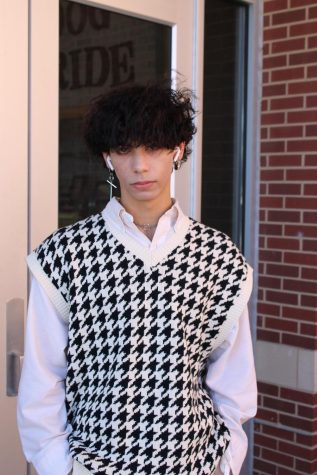
My Name is Andre LeClairHagan, I'm a junior and this is my first year in ECHO. I like Kpop and fashion. On my spare time I like making jewelry or clothes...



